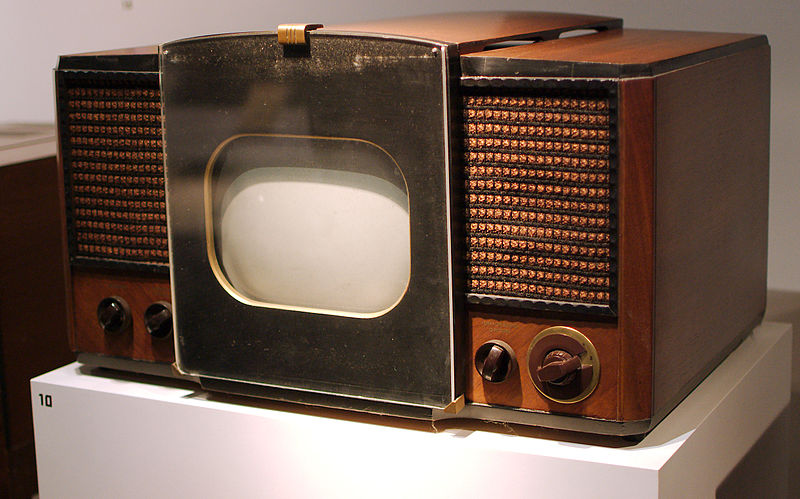Television has come a long way since its inception in the late 1800s. The first primitive televisions were developed in the late 1800s and early 1900s. These early versions of television were based on a mechanical system that used spinning disks to create images.
This technology was later replaced by electronic systems that used cathode ray tubes to create images. Television became a commercial product in the United States in the 1920s, and it quickly became popular around the world. The first color television broadcasts began in the 1950s, and color television sets became widely available in the 1960s.
Today, there are a variety of different types of television sets available, including high-definition and ultra-high-definition sets.
The television was invented in the late 1800s by a man named Paul Nipkow. He created a device that could transmit images using electrical signals. In the early 1900s, another man named Vladimir Zworykin developed a better version of this invention, which led to the first commercial television broadcast in the United States in the 1920s.

Credit: www.historyonthenet.com
When were Televisions First Sold?
Televisions were first sold to the general public in the early 1920s. The first commercial television station in the United States, WNBT (now WNBC), began broadcasting in New York City in 1941. Color television was introduced in the 1950s, and high-definition television (HDTV) was introduced in the 1990s.
When was Tv Widely Used?
TV became widely used in the late 1940s and early 1950s. This was due to a number of factors, including the mass production of televisions, the development of broadcast standards, and the increase in household income.
How a Teenager from Idaho Invented TV
When was Color Tv Invented
It’s hard to believe that color television is less than a century old. The first color broadcast wasn’t even aired until December 17, 1953. It was a production of the NBC opera “Cinderella,” starring Julie Andrews.
But the history of color TV began long before that fateful day in 1953. The earliest experiments with transmitting color images were conducted in the late 1800s by British inventor John Logie Baird. He developed a primitive system that used three separate mechanisms to create a color image, but it was never commercially successful.
In the 1920s, Russian engineer Vladimir Zworykin created an electronic version of Baird’s system using cathode ray tubes (CRTs). This technology would form the basis for all future color television systems. Zworykin’s employer, RCA, began publicly demonstrating his system in 1929.
But it would be another 24 years before color TV became a reality for most Americans. The reason? World War II intervened, and the development of consumer electronics was put on hold while resources were devoted to wartime needs.
After the war ended, work on color TV resumed in earnest. By 1951, both RCA and CBS had developed compatible systems for transmitting and receiving color signals. And on September 4th of that year, CBS made history by airing the first nationally-televised sporting event in color: The Jackie Robinson–led Brooklyn Dodgers taking on their rivals from New York, the Giants (the Dodgers won 8-1).
It would still be several years before commercial broadcasts in color became commonplace—in part because older black-and-white TVs couldn’t receive signals meant for their newer counterparts—but this early experiment proved that public interest in color television existed. And within a few short years after “Cinderella” aired on NBC in 1953, practically every network was broadcasting at least some of its programming in living Technicolor!
Conclusion
The television was invented in the late 1800s, and it has revolutionized the way we communicate and entertain ourselves. It is one of the most important inventions of the 20th century.